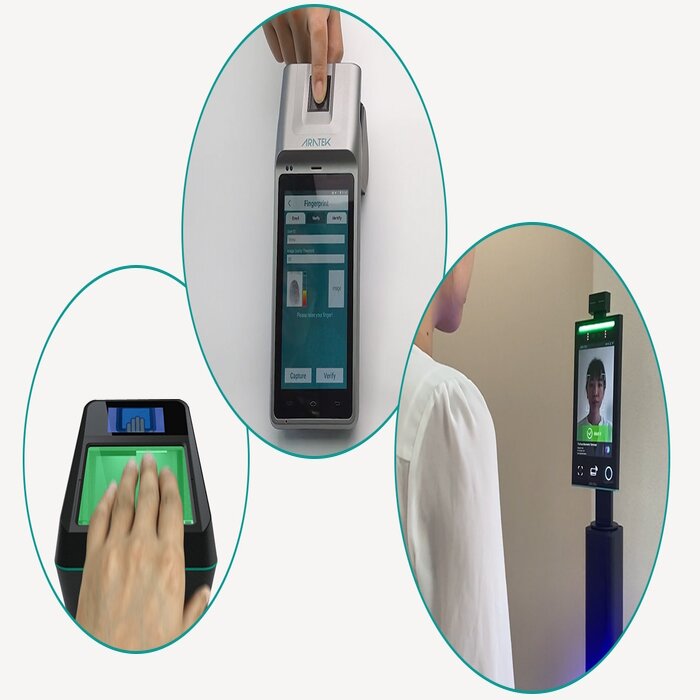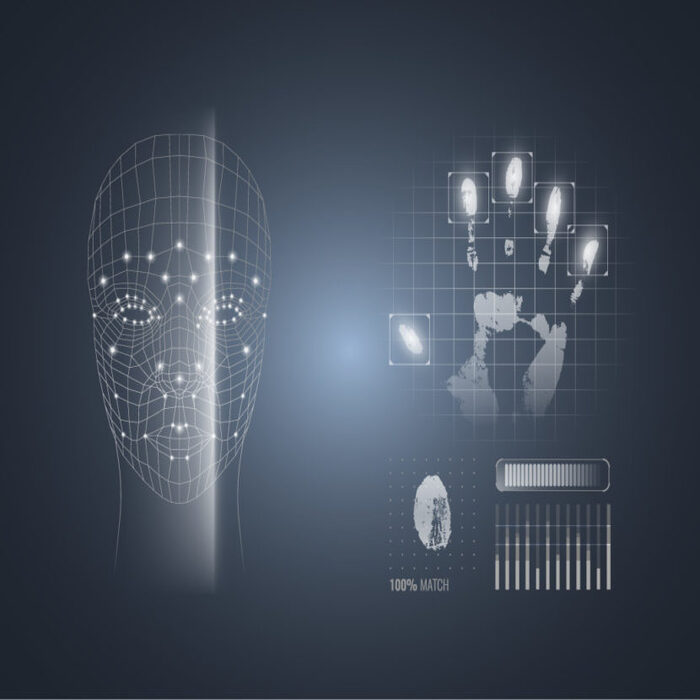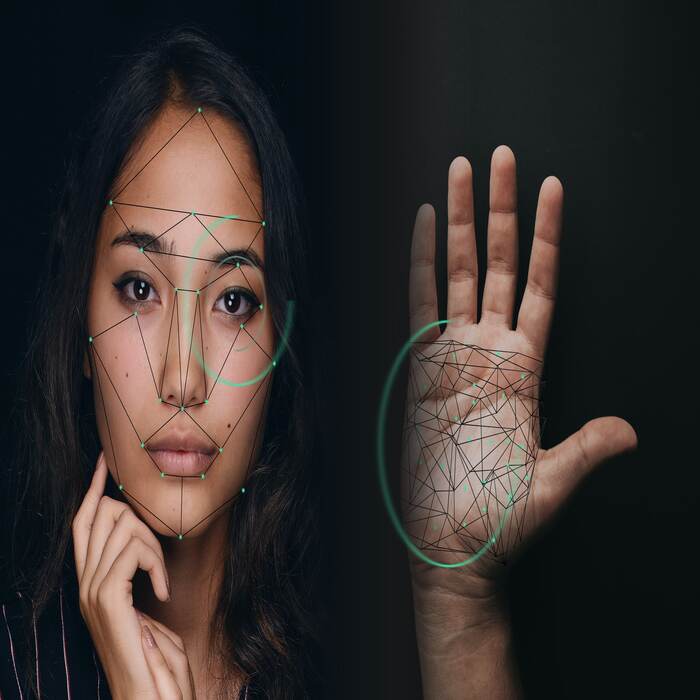Introduction
In our increasingly digital world, robust security measures are paramount for safeguarding personal information and maintaining privacy. Among the numerous advancements in security technology, biometric authentication has emerged as a reliable and efficient method for verifying identity. Two of the most prominent biometric modalities are facial recognition vs fingerprint scanning. While both offer distinct advantages, they also possess inherent limitations. Understanding the intricacies of each technology, including its strengths and weaknesses, is crucial for making informed decisions regarding their deployment in various applications.
Facial Recognition: Convenience and Controversy
How Facial Recognition Works
Facial recognition technology leverages sophisticated algorithms to analyze and identify unique facial features. At its core, the process involves capturing an image of an individual’s face, typically through a camera or other image-capturing device. The system then identifies key facial landmarks, such as the distance between the eyes, the width of the nose, and the shape of the jawline. These measurements are converted into a mathematical representation known as a faceprint, which serves as a unique identifier for an individual.
Advantages of Facial Recognition
One of the most significant advantages of facial recognition is its inherent convenience. Unlike fingerprint scanning, which requires physical contact with a sensor, facial recognition can be performed passively and at a distance. This characteristic makes it particularly well-suited for applications where speed and ease of use are paramount, such as unlocking smartphones or expediting security checks at airports. Moreover, facial recognition systems are becoming increasingly sophisticated in their ability to recognize individuals across variations in lighting, pose, and even facial hair or glasses. This enhanced accuracy further contributes to its growing popularity in various sectors.
Concerns with Facial Recognition
Despite its advantages, facial recognition technology has also been the subject of significant controversy, primarily due to concerns about privacy and potential misuse. Critics argue that the widespread deployment of facial recognition systems, particularly by law enforcement agencies, could lead to a surveillance state where individuals’ movements and activities are constantly tracked and monitored. Additionally, there are concerns about the potential for bias in facial recognition algorithms. Studies have shown that these algorithms can exhibit higher error rates for certain demographic groups, raising concerns about the potential for discrimination and unfair treatment.

Fingerprint Scanning: A Longstanding Biometric Standard
Mechanics of Fingerprint Scanning
Fingerprint scanning, one of the earliest forms of biometric authentication, relies on the unique and immutable patterns of ridges and valleys found on the fingertips. The process typically involves placing a finger on a scanner, which captures a high-resolution image of the fingerprint. Specialized algorithms then analyze the image, identifying distinctive features such as ridge endings, bifurcations (where ridges split), and pores. This information is used to create a digital template that serves as a unique identifier for the individual.
Benefits of Fingerprint Scanning
Fingerprint scanning has long been regarded as a highly accurate and reliable method for verifying identity. The probability of two individuals having identical fingerprints is infinitesimally small, making it a robust security measure. Additionally, fingerprint scanners are relatively inexpensive and easy to integrate into various devices and systems, contributing to their widespread adoption in applications ranging from smartphone security to time and attendance tracking.
Drawbacks of Fingerprint Scanning
While fingerprint scanning offers numerous advantages, it’s not without limitations. One notable drawback is the potential for false rejections. Factors like dry skin, dirt, or even minor cuts on the fingertip can interfere with the scanning process, leading to authentication failures. Moreover, while the probability of a successful spoofing attack is relatively low, sophisticated techniques involving the creation of artificial fingerprints can potentially bypass fingerprint scanners, highlighting the need for ongoing improvements in sensor technology and spoof detection mechanisms.

Comparing Facial Recognition and Fingerprint: Key Considerations
Accuracy and Reliability
Both facial recognition and fingerprint scanning have achieved impressive levels of accuracy in recent years. However, fingerprint scanning generally maintains a slight edge in terms of overall reliability. Fingerprint scanners are less susceptible to environmental factors like lighting variations that can impact the accuracy of facial recognition systems. Furthermore, the immutable nature of fingerprints makes them more resistant to spoofing attacks compared to facial images, which can be more easily replicated using photographs or videos.
Convenience and User Experience
In terms of convenience, facial recognition undoubtedly takes the lead. The ability to authenticate users passively and at a distance offers unparalleled ease of use, particularly in scenarios where speed and efficiency are paramount. Unlocking a smartphone with a glance or verifying identity at a security checkpoint without physical contact significantly enhances user experience compared to the need for physical interaction with a fingerprint scanner.
Privacy and Security Implications
When it comes to privacy and security, facial recognition presents more significant concerns than fingerprint scanning. The potential for mass surveillance and the collection of sensitive biometric data without explicit consent raise significant ethical and privacy implications. Conversely, fingerprint data is typically stored locally on devices or within secure databases, minimizing the risk of widespread data breaches. Additionally, fingerprint scanners typically require active user participation, providing an additional layer of security against unauthorized access.
Cost and Implementation
The cost of implementing facial recognition or fingerprint scanning systems can vary significantly depending on the specific application and the level of security required. However, fingerprint scanners are generally more affordable than facial recognition systems, particularly for large-scale deployments. Furthermore, fingerprint scanners are relatively easy to integrate into existing devices and systems, while facial recognition technology often necessitates more complex integration processes.

Applications Across Industries: Exploring the Versatility of Facial Recognition and Fingerprint Scanning
Facial Recognition: From Security to Marketing and Beyond
Facial recognition technology has transcended its initial security applications, permeating various industries. Law enforcement agencies leverage its capabilities for suspect identification and crime prevention. Retailers utilize facial recognition for targeted advertising and personalized shopping experiences. In healthcare, it assists with patient identification and medical record management.
Fingerprint Scanning: Securing Access and Ensuring Authenticity
Fingerprint scanning remains a cornerstone of biometric security, widely deployed for access control in buildings, secure areas, and personal devices. It plays a crucial role in identity verification for financial transactions, border control, and voter registration, safeguarding sensitive data and processes.
Conclusion: Choosing the Right Biometric Solution
The choice between facial recognition and fingerprint scanning ultimately depends on the specific application, security requirements, and user preferences. Fingerprint scanning remains a highly reliable and cost-effective solution for applications where accuracy and security are paramount. Conversely, facial recognition offers unparalleled convenience and user experience, making it an attractive option for applications prioritizing speed and ease of use.
Moving forward, ongoing advancements in both technologies expecte to further enhance their accuracy, security, and user-friendliness. However, it is crucial to address the ethical and privacy concerns associated with facial recognition to ensure its responsible and equitable deployment. Ultimately, a well-informed approach that considers the strengths and limitations of each biometric modality is essential for selecting the optimal solution that balances security, convenience, and user privacy.
Facial recognition excels in passive identification, convenience, and evolving accuracy, while fingerprint scanning offers established reliability, affordability, and robust security. In some instances, a combination of both technologies may prove optimal, providing multi-factor authentication for enhanced protection. As technology continues its relentless march, both facial recognition and fingerprint scanning will undoubtedly undergo further advancements, shaping the future of biometric security and its impact on our lives.


